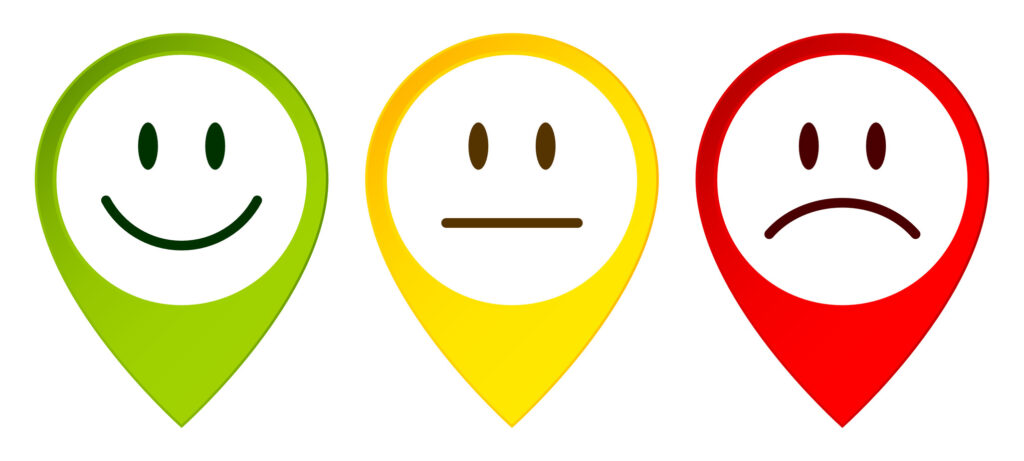
I have been thinking a lot about desire this week. Well, to be more precise, I have been thinking a lot about disorders of desire. Desire issues account for 1/3 of all referrals to sex therapy and are often presented to sex therapists as ‘loss of libido’ by clients who are seeking one magic answer to rekindling a love-life that will last a lifetime. But in truth the ‘problem’ is unsurprisingly, way more complex than that and the answer is too.
Firstly, a disorder of desire doesn’t always mean a lack of desire. There are couples that present with a desire discrepancy where one partner has what they suggest is a high drive for sex and the other significantly less so. In this scenario, who is distressed? Care needs to be taken here not to assume that the partner with lower desire needs ‘fixing’, but rather question whether the gap between partners can be closed (if indeed any intervention is required at all). Much exploration is required!
As you know therapists love to take a position of curiosity – what do you (each client) mean by the terms ‘libido’ and ‘desire’ and against what are you measuring yourself? Against your previous experience of your sexual self in this relationship? Against your previous experience of your sexual self in another relationship? Against what you think others are feeling and doing, or what the media suggests is ‘normal’? Are you, or is your current relationship distressed by the current situation? How sexually compatible do you feel that you are to your partner? What has brought you to therapy now?
There is an awful lot more to be shared in order that a clear picture can be drawn, understanding reached and a clear path forward uncovered. I won’t go into every aspect here, beyond saying that of course open and honest communication is very, very important. And then there are goals to consider …how will we measure success? NOT by the number of times you make love or the number or intensity of the orgasm – well, I hope not anyway. My measure is much more satisfaction focussed and I know that this is attainable because ‘disorders of desire’ are common and I have witnessed the results of the work we do.
Most people, once it is pointed out, accept that sexual desire ebbs and flows. It is proposed that this happens on a cycle of about 3 days – which may go some way to explaining that many couples say they have sex 2.5 times a week. BUT given that it takes 2 to make a couple, who is to say that you are ebbing and flowing in harmony – to say nothing of other stressors that get in the way, the general rhythm of life and of aging. Anyone who has had a baby knows very well how the whole shebang scuppers your sex life, not just because of biological factors but also caused by lack of sleep, maybe post natal depression +/- medication for the same, dealing with the stress of juggling work and parenthood and so on. There are loads more opportunities of course – coping with teenagers, work stress, promotions or redundancies, deadlines, illness or bereavement in family, personal illness, menopause and many many more. For that reason, thinking about individual factors is very important – what is happening for each partner and how do they generally cope? Are those coping strategies useful? Are they healthy?
Finding a new way to make love to the same person for the rest of your life is like a middle-distance jog, certainly not a sprint. But if that is your agreed goal, and if both partners are committed to truly appreciating, adapting and adopting new strategies, then it is an entirely realistic one.
Desire fluctuates throughout life. It is unrealistic to expect life-long lust for your partner, but life-long satisfaction is there for the taking…you just have to work at it with someone to guide you, challenge you and open your minds. I hope that’s me!
Have a great day.
Sue.